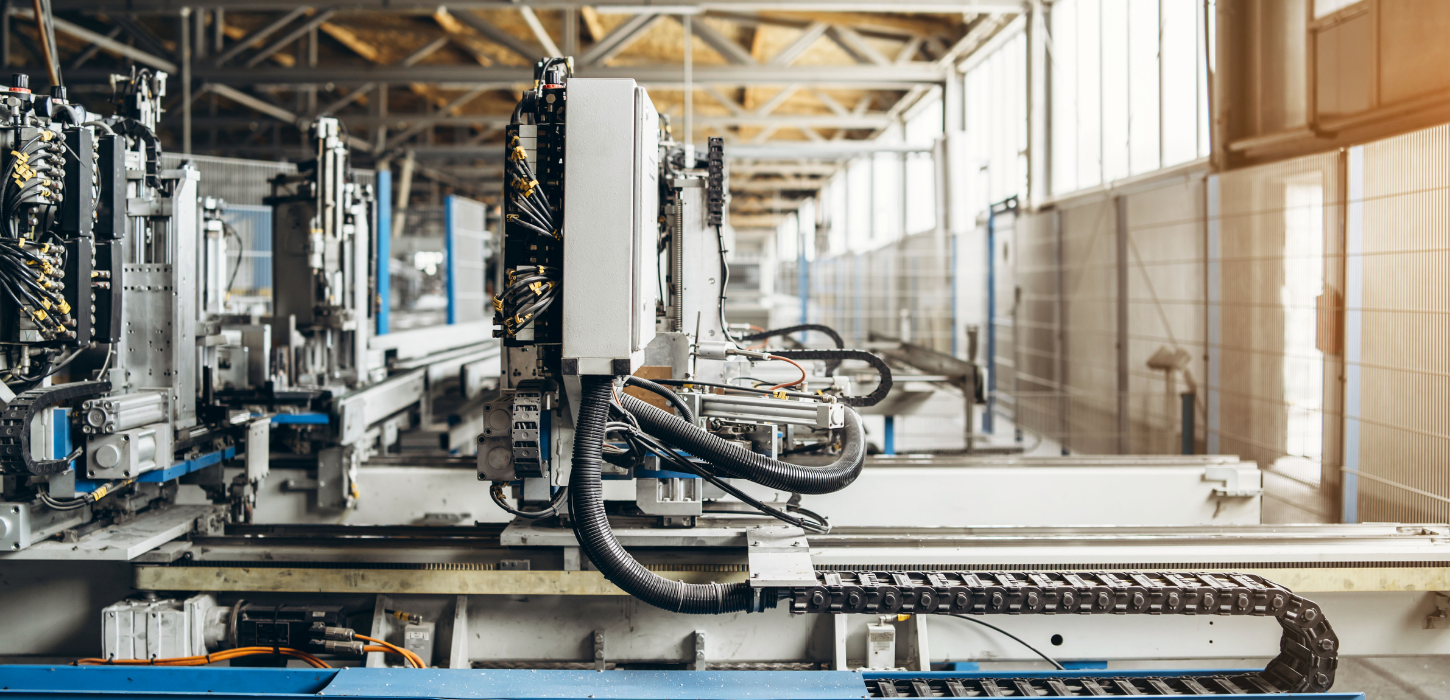Written by guest contributor Megan Ray Nichols, a freelance stem writer and the editor of Schooled By Science. For more from Megan, you can follow her on Twitter or subscribe to her blog here.
Automation can help bring your warehouse into the future. Greater efficiency leads to a higher return on investment. You have several options when it comes to incorporating automation into your warehouse. Even if you’re not ready to fully automate your storage facility, partial automation can still increase ROI.
1. Use Barcodes to Improve Organization
Barcodes help you to make the most of the available space while saving employees time. With barcodes, you don’t have to have a carefully organized warehouse, as Amazon proves. This company uses chaotic storage in its warehouses. It incorporates barcodes with computerized listings to make it much easier for employees to find specific items. Even in the seeming chaos of the random storage of the boxes in its warehouse, Amazon workers can easily locate anything.
When you equip your employees with handheld barcode scanners, they become much more accurate. Old means of manually entering information were troubled with errors, which can occur at minimum once every 250 keystrokes. Barcode scanners fail once after scanning between 5000 and 36 trillion characters.
While barcode scanners upgrade inventory, fixed-position cameras improve the information stored. Cameras can read both 1D and 2D barcodes. The 2D barcodes have the advantage of letting you store more information in the symbol. These cameras can also reduce strain when scanning codes.
Integrating barcodes into your warehouse will not necessarily decrease your workforce. In fact, you’ll need to add an inventory manager who uses the barcode reading software to track the items in your warehouse. Barcodes are just one way to increase warehouse organization by automating storage solutions. Using the information from those barcodes requires analyzing the data collected.
2. Organize Your Warehouse with Data
The information gathered from barcodes will only help with organization if used properly. Interpreting customer purchases can make it easier to determine item placement in your warehouse. The most purchased items placed near the front will reduce picking time and employee effort. By keeping bestselling items up front, you’ll also reduce the energy needed for forklifts or other moving equipment.
The data gathered by barcodes also provides real-time inventory information. An inventory manager can use this to order replacement items before they sell out completely. The result is a more efficient warehouse. You’ll also never have to base business decisions on inaccurate inventory data again.
Organizing your warehouse with the data collected from barcodes requires upgrading your software. The right warehouse management system program can dramatically improve your facility’s efficiency.
3. Upgrade Warehouse Management System Software
The software you use for managing your warehouse does matter. You can have a facility that barely gets by or is the epitome of organization based on the effectiveness of the software. Shipping software reduces the need for human paperwork when it comes to sending orders to customers. Inventory software keeps track of what you have available. A quality management system could help with both.
Before selecting software for your business, though, carefully examine what you need. You won’t make your warehouse more efficient with needless software or hardware. In fact, you’ll accomplish the exact opposite. If you need to rotate stock regularly, consider combining your automated storage and retrieval system with your warehouse execution software. You’ll effortlessly keep track of your inventory and control where new materials get placed.
The software you use can also play a part in controlling the robotics in your facility. The hardware and software for warehouse robots come together to provide information for and control of the automated system.
4. Consider Investing in Robotics
The heart of your warehouse automation comes from the use of robots. These aren’t the androids from movies. Instead, these machines move, sort and organize material with little help from human workers. Robots free humans for more skilled tasks, such as operating software.
Robots do not have to take over all processes in your warehouse completely. You can use a handful for specific jobs. This requires less investment while still benefiting from automation. In fact, thinking of robots as the side dishes instead of the main course of your warehouse’s dinner will ensure you don’t place too much emphasis on them. You don’t want to spend more money than you’ll get back automating your warehouse needlessly.
If you’re not ready for a complete change to a robot-run warehouse, consider automating one step of your warehouse process. A good place to start is replacing your forklifts with AGVs for materials handling.
5. Use AGVs for Sorting
You may already use automated guided vehicles — AGVs — in your warehouse, which is the first step toward investing in robotics. If not, these self-driven vehicles replace forklifts for moving materials in a facility. These use several navigation aids. Some follow wires or lasers on the floor. Magnets or visual markers guide other models. Since they require less room to maneuver, AGVs allow you to shrink the width of your aisles, increasing storage space.
Since they move themselves, AGVs don’t require specially trained operators. This reduces the likelihood of workers becoming injured from moving materials. By keeping workers healthier throughout the year, you’ll spend less for worker’s compensation and have fewer lost days to injuries.
Though not popular in the United States, AGVs are used elsewhere for sorting materials. Two promising systems are t-Sort and Sure Sort. Both automate order fulfillment. If you want to add one of these to your warehouse, t-Sort is easily customizable by using module units that attach to each other. Sure Sort offers custom designs and is suited for both large and small facilities.
Don’t miss your chance to automate your warehouse. Even if you start small, you’ll notice significant benefits from making your facility more efficient. It’s time to join the future of storage and distribution.
Sources:
https://www.material-handling.com/blogs/top-tips-warehouse-organization
https://www.camcode.com/asset-tags/warehouse-automation-tips-best-practices/
https://www.logisticsbureau.com/warehousing-the-rise-of-it-and-the-sort-of-rise-of-automation/
https://info.archon-interactive.com/blog/6-ways-automating-warehouse-systems-makes-a-huge-impact
http://distone.com/a-look-at-tomorrows-automation-your-warehouse-will-never-be-the-same/
http://www.mhlnews.com/technology-automation/rise-warehouse-robots




0 Comments